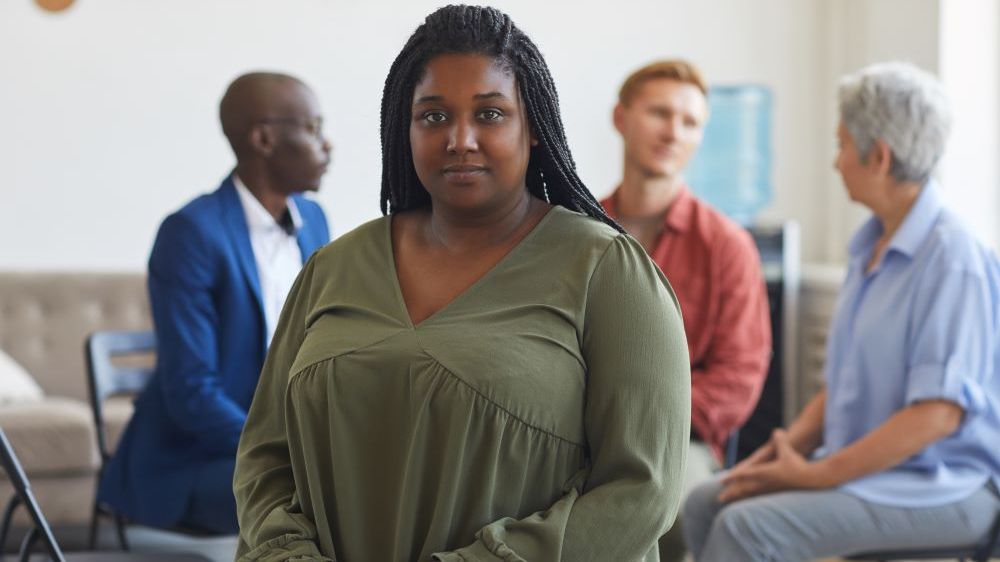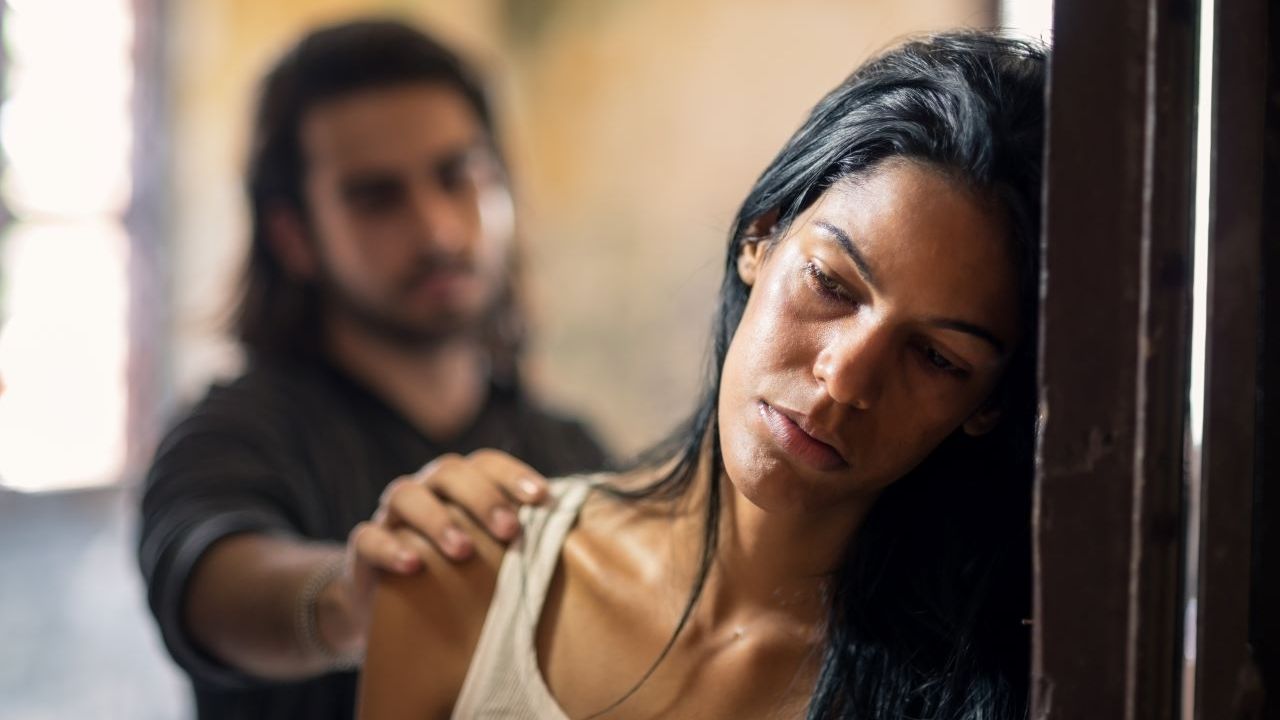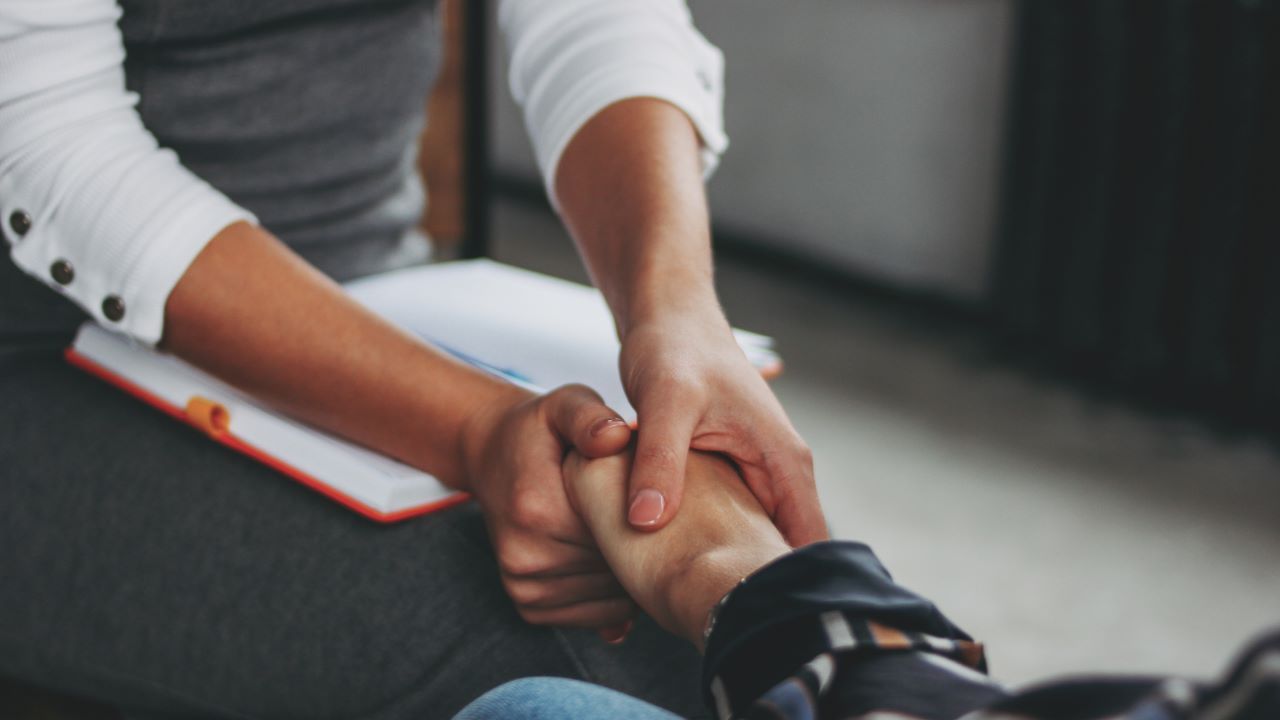Culture consists of learned ways of acting, feeling and thinking rather than biologically determined ways, some simple animals act on the basis of information carried in their genes, the parts of a cell that determine inherited traits. This biologically inherited information even includes the animal’s ways of obtaining food and work out their ways of doing these things, a process that never ends. Culture is a set of simple extensions of various part of the body.
Without culture the astronauts could not have reached the moon nor survived there. The human body needs oxygen and a certain range of temperature to live. However culture devices have enabled human beings to overcome some of the limitations of their bodies and stay alive in harsh environments. Early culture was a means to extend the ability to obtain food, seek protection and raise offspring.
The ancestors of modern human being had an advantage in the struggle for survival because they developed tools and other culture. They became more likely to live and reproduce than creatures that lacked such advantages. As a result the ability to create culture grew from generation to generation.
Every family has a culture and tradition of its own. This tradition includes many traits that the family shares with others who live in the same area with belong to the same social class. In addition, the family has its own set of cultural traits.
All cultures have features that result from basic needs shared by all people. Every culture has methods of obtaining food and shelter. It has an orderly means of distributing the food and other goods to its people. Each culture has systems for assigning power and responsibility, including social ranks and governments. There is also a way to keep order and settle disputes for example, a system of police, courts and prisons. Every culture has ways to protect itself against invaders. It also has family relationships including forms of marriage and systems of kinship.
A culture has religious beliefs and a set of practices to express them. All societies have forms of artistic expression such as carving, painting and music. In addition each culture has some type of scientific knowledge. This knowledge may be folklore about the plants people eat and the animals they hunt or it may be a highly developed science.
Culture differ in their details from one part of the world to other, for example eating is a biological need, but what people eat, when and how they eat and how food is prepared differ from culture to culture.
Environmental differences care related to cultural variations, such factors as climate, land farms, mineral resources and native and animals all influence culture. For example most people in tropical regions wear draped clothing which consists of one or more long pieces of cloth wrapped around the body. People who live in colder parts of the world wear tailored clothing which is cut and sewn to fit the body. Tailored clothing provides more warmth then draped clothing.
People do not realise how greatly culture influences their behaviour until they come across other ways of doing things. Only then can they see that they have been doing things in a cultural way rather than in a national way. For example, many westerners believes it is natural to look directly into a person’s eye while talking. But the people of some Asia/African nations think it is rude to do so.
People feel most comfortable within their own culture and they prefer the company of others who share their culture. When people have to deal with persons of another culture even small differences in behaviour may make them uneasy. The difficulty or uneasiness that people undergo when they leave their own culture and enter another is called shock.
The attitude that a person’s own culture is the best and most natural is called ethnocentrism.

- One to one sessions to empower, inspire and motivate people in distress in the homes, schools and communities
- Speaking in schools and colleges to both students and teachers
- Training for professionals and parents to support assessments and interventions
- Facilitating supportive sessions for grassroot parents
- Multi agency working to safeguard
Empowering Professionals on harmful cultural and religious practices, beliefs and attitudes through training and community work.

In March 2004, the new UK Female Genital Mutilation Act was introduced. Female Genital Mutilation (FGM) is prohibited by law in England, Scotland and Wales, whether it is committed against a United Kingdom national or permanent United Kingdom resident in the UK or abroad. FGM is an abuse of the human rights of girls and women and therefore a child protection issue.
Female Genital Mutilation (FGM) comprises all p
rocedures involving partial or total removal of the external female genitalia or other injury to the female genital organs for non-medical reasons. It has no health benefits and harms girls and women in many ways. It involves removing and damaging healthy and normal female genital tissue, and hence interferes with the natural function of girls’ and women’s bodies.
The practice causes severe pain and has several immediate and long-term health consequences, including difficulties in childbirth also causing dangers to the child.
- FGM is illegal in the UK
- FGM is prevalent in 28 African countries as well as in parts of the Middle East and Asia
- FGM is practiced by families for a variety of complex reasons but often in the belief that it is beneficial for the girl or woman
- FGM constitutes a form of child abuse and violence against women and girls, and has severe short-term and long-term physical and psychological consequences
- There are estimated to be 3,480 females living in Croydon who have been affected by FGM at some point in their lives. This is equivalent to 1 in 104 people. 180 of these women are estimated to be aged under 16; 2,250 16-49 years old and 1,050 aged over 50
- It is estimated that 180 births per year in Croydon are to women affected by FGM

If you suspect that any girl is at risk of being subjected to any form of FGM, take action to report it immediately!! Time counts so please act as soon as you suspect that a girl may be at risk of FGM, the instructions below tell you what to do.
To protect a girl from FGM you can take any of the following actions:
-
- Ring your local Social Services Department – your Town Hall will have the number
- Ring your local Police Child Protection Unit
- Ring the NSPCC on 0808 800 5000 or email to: help@nspcc.org.uk. Visit: for further details.

If you have personal experience of, or know of anyone who has undergone FGM, AYDA can provide support, advice and information about accessing specialist health care and counselling for girls and women affected by FGM.
- AYDA run support group sessions by sensitive female staff that have an understanding of FGM and what women have undergone.
- AYDA provides support and safe space for girls and women to talk about their experiences.
- AYDA educates and works with families to prevent FGM happening to any other girls in the family.
- AYDA provides access and support for girls and women needing specialist health services who are affected by FGM.
Do not let labels of ‘tradition’, ‘culture’, ‘religion’ or a fear of being called a ‘racist’ stop you from taking action to protect girls at risk of FGM, it is a violation of human rights!
